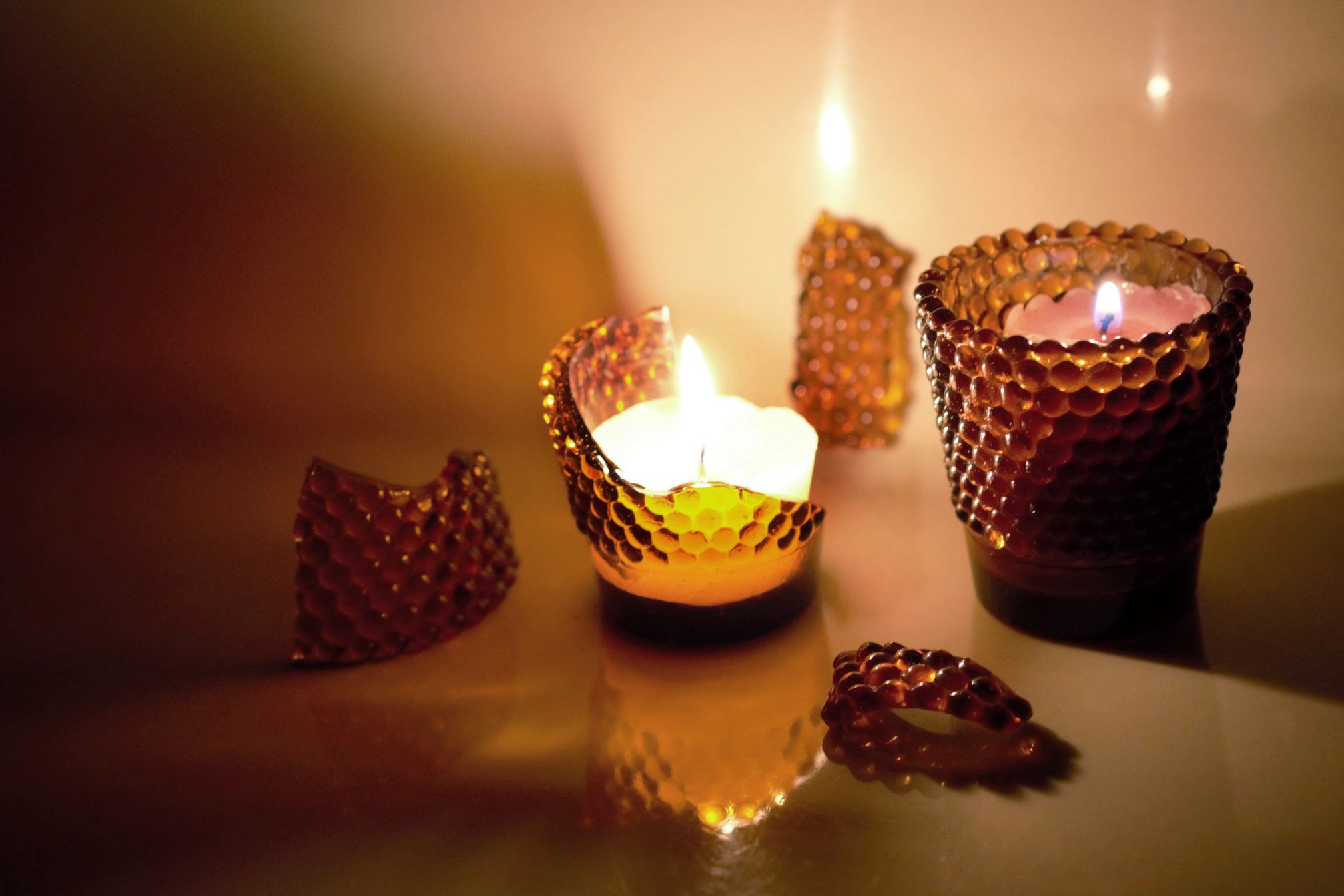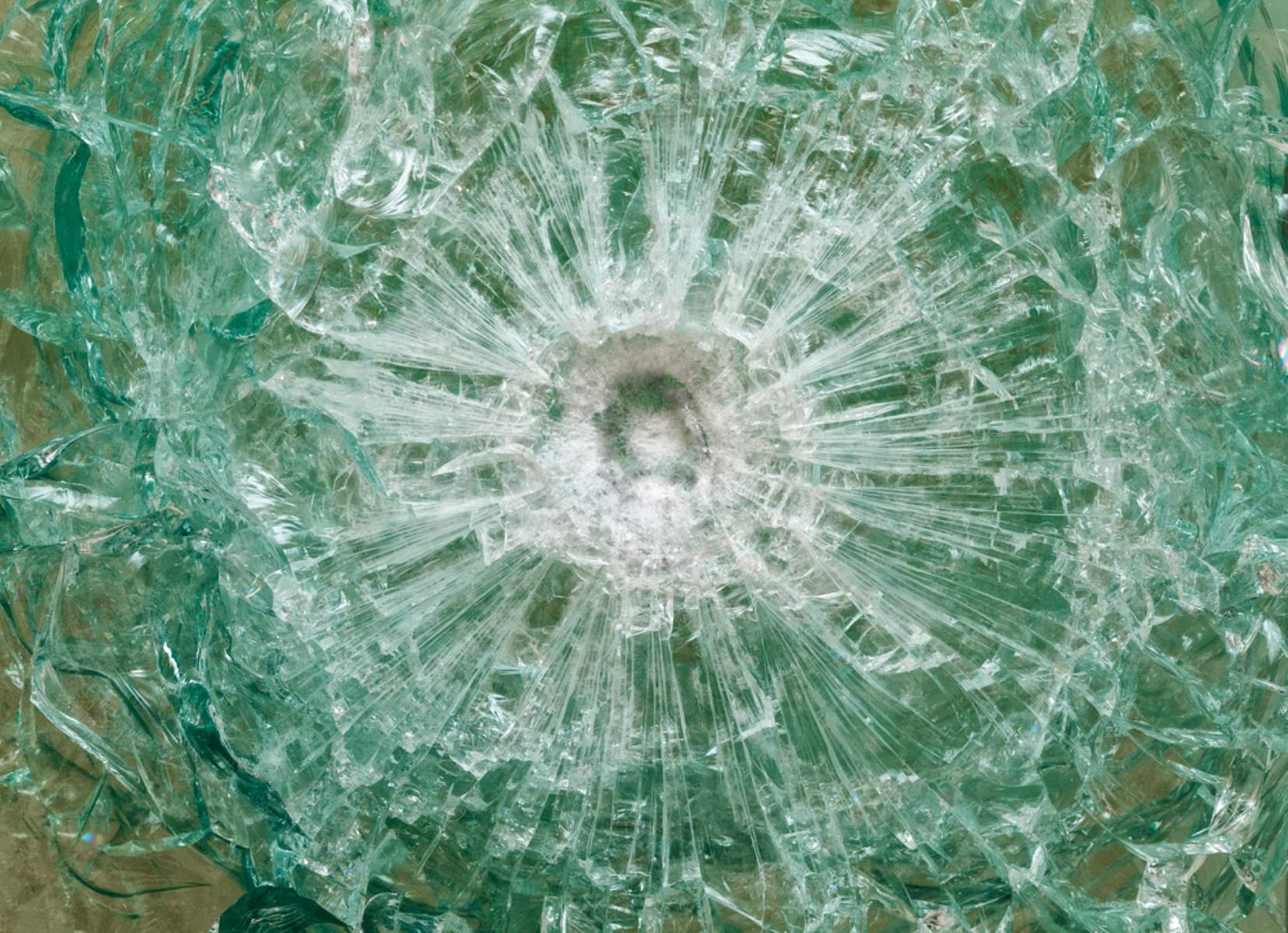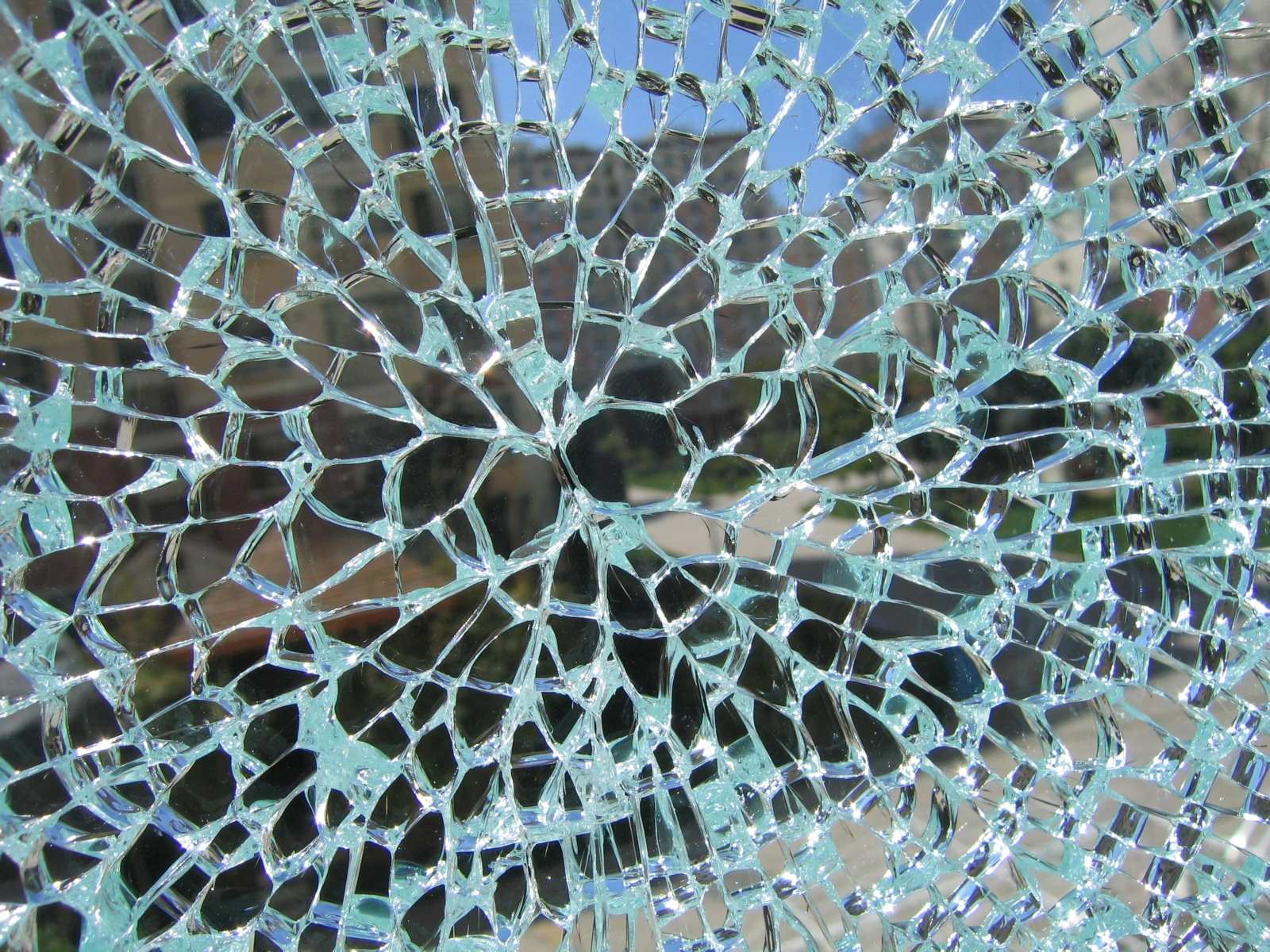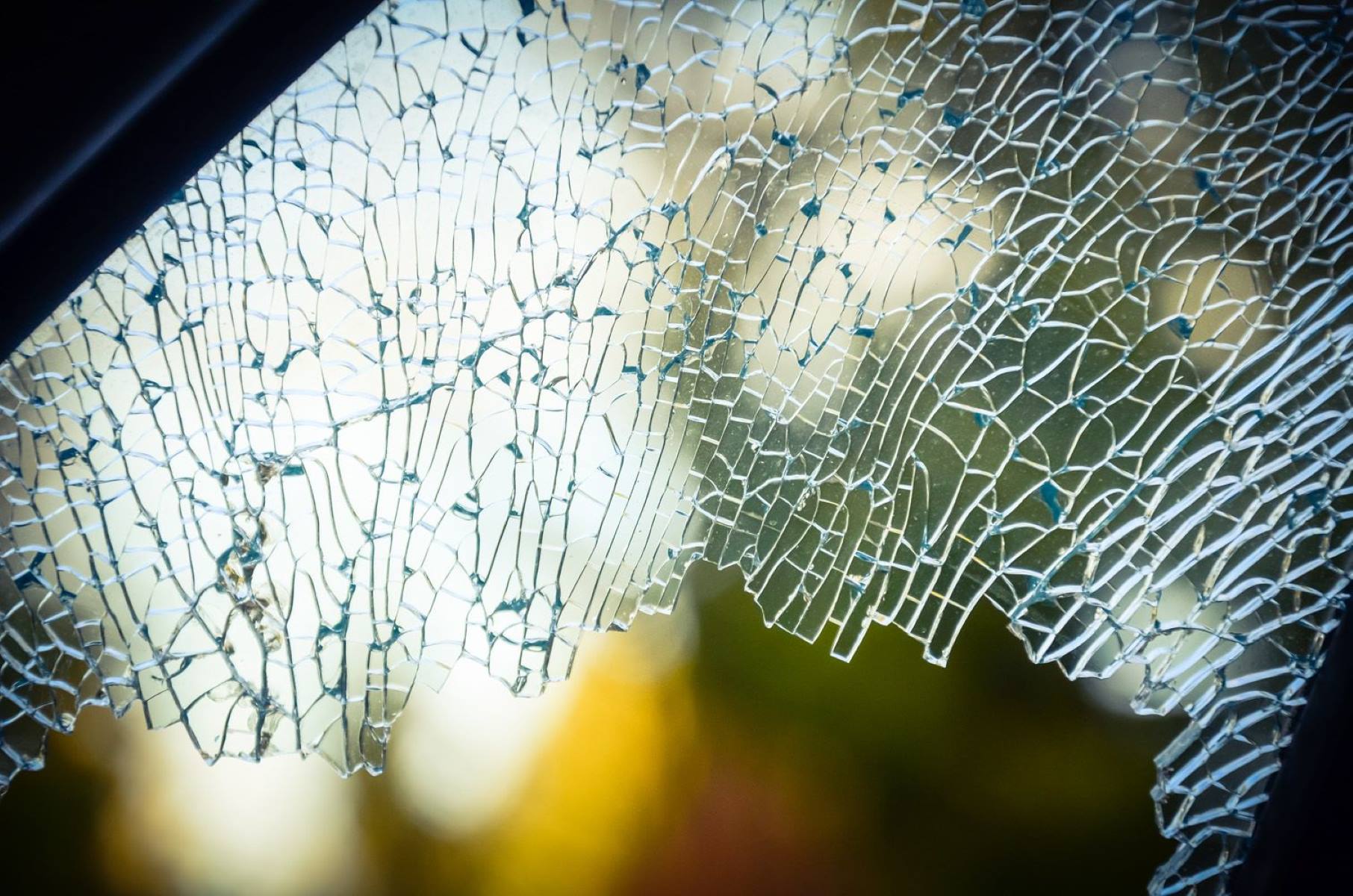Home>Furniture & Design>Interior Design Trends>Why Do Jews Break Glass


Interior Design Trends
Why Do Jews Break Glass
Published: February 3, 2024
Discover the significance of breaking glass in Jewish traditions and explore how it can inspire modern interior design trends. Uncover the timeless symbolism and contemporary applications.
(Many of the links in this article redirect to a specific reviewed product. Your purchase of these products through affiliate links helps to generate commission for Storables.com, at no extra cost. Learn more)
Introduction
The tradition of breaking glass holds a significant place in Jewish culture and is often observed during various ceremonies and celebrations. This symbolic act carries deep historical and cultural meanings, and its practice has evolved over time to encompass diverse interpretations. Understanding the origins and symbolism of breaking glass in Jewish traditions provides insight into the rich tapestry of customs and beliefs that have been passed down through generations.
The act of breaking glass is a poignant and evocative ritual that has captured the curiosity of many, both within and outside the Jewish community. Its symbolism extends beyond the physical act itself, delving into the realms of tradition, spirituality, and the interconnectedness of human experiences. As we delve into the historical and cultural significance of this tradition, we uncover layers of meaning that have shaped its enduring presence in Jewish ceremonies.
The breaking of glass is not merely a ritualistic gesture; it is a symbolic expression that resonates with profound emotions and spiritual significance. By exploring the roots of this tradition and its relevance in contemporary contexts, we gain a deeper appreciation for the enduring legacy of this symbolic act within Jewish culture.
Key Takeaways:
- Breaking glass in Jewish culture symbolizes resilience and unity, honoring historical events and serving as a poignant expression of remembrance and hope within the community.
- The tradition of breaking glass in Jewish weddings embodies the intertwining of joy and solemnity, reflecting the complexities and profundity of marriage while symbolizing the enduring values of love and shared blessings.
Read more: Why Do Energy Drinks Break Glass
Historical and Cultural Significance
The tradition of breaking glass in Jewish culture has deep historical and cultural roots that date back centuries. Its origins can be traced to a myriad of interpretations, with some accounts linking it to ancient customs and others attributing its significance to specific historical events. One prevalent belief is that the act of breaking glass symbolizes the destruction of the Second Temple in Jerusalem in 70 CE. This catastrophic event marked a pivotal moment in Jewish history, signifying the dispersal and exile of the Jewish people. The breaking of glass serves as a poignant reminder of this profound loss and the enduring resilience of the Jewish community in the face of adversity.
Furthermore, the cultural significance of breaking glass extends beyond its historical underpinnings. It is emblematic of the collective experiences and shared narratives of the Jewish people throughout the ages. The shattered shards of glass evoke a sense of fragility and impermanence, reflecting the tumultuous journey of the Jewish diaspora and the enduring spirit of hope and renewal. This tradition encapsulates the resilience and unity of the Jewish community, serving as a poignant symbol of remembrance and perseverance.
Moreover, the act of breaking glass holds cultural significance in the context of Jewish weddings and other ceremonial occasions. It is a ritual that transcends time and space, connecting individuals to their heritage and the enduring legacy of Jewish traditions. The historical and cultural resonance of breaking glass underscores its enduring relevance in contemporary Jewish ceremonies, serving as a powerful link to the rich tapestry of Jewish history and identity.
In essence, the historical and cultural significance of breaking glass in Jewish traditions is a testament to the enduring spirit and resilience of the Jewish people. It embodies a profound connection to the collective experiences, memories, and aspirations of a vibrant and diverse community, underscoring the timeless relevance of this symbolic act in Jewish culture.
Symbolism in Jewish Weddings
The tradition of breaking glass holds a profound and symbolic significance in Jewish weddings, serving as a poignant and evocative ritual that marks the culmination of the marriage ceremony. As the wedding ceremony reaches its pinnacle, the moment of breaking the glass carries deep symbolism, encapsulating both joyous celebration and solemn reflection.
In the context of a Jewish wedding, the act of breaking the glass symbolizes a myriad of profound meanings. One interpretation is that it represents the fragility of human relationships and the recognition of the challenges and vulnerabilities inherent in marriage. The shattered glass serves as a poignant reminder of the imperfections and complexities that are an integral part of the human experience, underscoring the need for compassion, understanding, and resilience in the marital journey.
Furthermore, the breaking of the glass also holds spiritual significance, symbolizing the sanctity of the marriage covenant and the enduring bond between the couple. As the glass shatters, it is believed to evoke the presence of God in the union, signifying the divine blessings and spiritual unity that encompass the marriage. This act serves as a solemn and sacred moment, imbued with profound spiritual symbolism that transcends the physical realm.
Moreover, the breaking of the glass in a Jewish wedding is often accompanied by the exclamation of "Mazel Tov!" which means "Congratulations" in Hebrew. This joyous proclamation underscores the duality of emotions encapsulated in the ritual, blending the solemnity of the act with the jubilant celebration of the newlywed couple's union. It marks the transition from the wedding ceremony to the joyous festivities that follow, symbolizing the beginning of a new chapter filled with hope, love, and shared blessings.
In essence, the symbolism of breaking the glass in Jewish weddings is a poignant and multifaceted expression of the complexities and profundity of marriage. It embodies the intertwining of joy and solemnity, fragility and resilience, and spiritual unity, encapsulating the rich tapestry of emotions and meanings that define the sacred union of marriage in Jewish tradition. This timeless tradition serves as a powerful testament to the enduring legacy of Jewish customs and beliefs, weaving together the threads of history, spirituality, and communal celebration in a singular and evocative ritual.
The breaking of glass at a Jewish wedding symbolizes the fragility of life and the commitment to stand by each other even in difficult times. It also serves as a reminder of the destruction of the Jewish temples in Jerusalem.
Other Occasions for Breaking Glass
The tradition of breaking glass extends beyond the realm of weddings and encompasses a diverse array of occasions within Jewish culture. While it is most commonly associated with wedding ceremonies, the act of breaking glass holds significance in various other cultural and religious contexts, each imbued with its own unique symbolism and meaning.
One notable occasion for breaking glass is during the commemoration of significant historical events, such as Holocaust Remembrance Day. The solemn act of breaking glass serves as a poignant tribute to the millions of lives lost during the Holocaust, symbolizing the irrevocable rupture caused by this tragic chapter in history. It stands as a somber yet powerful gesture of remembrance, honoring the enduring legacy of those who perished and underscoring the imperative of preserving their memory for future generations.
Additionally, the tradition of breaking glass is observed during certain religious ceremonies, such as the consecration of a new synagogue or the dedication of sacred Torah scrolls. In these sacred contexts, the act of breaking glass symbolizes the sanctification of space and the consecration of spiritual artifacts, signifying the transformative power of faith and communal unity. It serves as a symbolic bridge between the temporal and the divine, encapsulating the profound spiritual significance of these sacred rites.
Moreover, breaking glass is also incorporated into certain lifecycle events, including the naming ceremonies of newborns and the celebrations of significant milestones in individuals' lives. The act of breaking glass during these occasions symbolizes the interconnectedness of human experiences, marking the transitions and transformations that define the human journey. It serves as a poignant reminder of the fragility and resilience inherent in life, weaving together the threads of tradition, spirituality, and communal celebration in a singular and evocative ritual.
In essence, the tradition of breaking glass encompasses a rich tapestry of cultural, historical, and religious significance, extending its symbolism beyond the confines of wedding ceremonies. It serves as a poignant and evocative expression of remembrance, sanctification, and communal celebration, weaving together the threads of tradition, spirituality, and collective memory in a timeless and enduring ritual.
Modern Interpretations and Practices
In contemporary times, the tradition of breaking glass in Jewish culture has evolved to encompass modern interpretations and practices that resonate with the diverse experiences and values of the Jewish community. While rooted in ancient customs and historical symbolism, the act of breaking glass has taken on new dimensions, reflecting the dynamic interplay between tradition and innovation within Jewish traditions.
One modern interpretation of breaking glass is the emphasis on gender equality and inclusivity. In some contemporary wedding ceremonies, both partners may participate in the act of breaking the glass, symbolizing the shared responsibilities and mutual commitment inherent in the marital union. This reinterpretation reflects the evolving values of equality and partnership within modern relationships, underscoring the enduring relevance of this tradition in reflecting the evolving dynamics of contemporary Jewish marriages.
Furthermore, the act of breaking glass has also become a platform for social and environmental consciousness. Some couples choose to use recycled or repurposed glass for the ritual, aligning the tradition with sustainable practices and environmental stewardship. This modern adaptation underscores the intersection of tradition and contemporary values, infusing the ritual with a renewed sense of mindfulness and ethical awareness.
In addition, the tradition of breaking glass has found resonance in the realm of artistic expression and creativity. Some couples opt for personalized or handcrafted glass items, infusing the ritual with a unique and personalized touch. This modern practice reflects the intersection of tradition and individuality, celebrating the diverse expressions of cultural heritage within the context of contemporary ceremonies.
Moreover, the act of breaking glass has also transcended traditional wedding ceremonies and found resonance in LGBTQ+ weddings and commitment ceremonies. This inclusive reinterpretation underscores the universal symbolism of the tradition, emphasizing the enduring values of love, unity, and shared blessings within diverse expressions of partnership and commitment.
In essence, the modern interpretations and practices surrounding the tradition of breaking glass in Jewish culture reflect the dynamic evolution of tradition within contemporary contexts. This timeless ritual continues to resonate with the values of equality, sustainability, creativity, and inclusivity, serving as a poignant and evocative expression of the enduring legacy of Jewish customs and beliefs in the modern era.
Read more: Why Do I Keep Breaking Glass
Conclusion
The tradition of breaking glass in Jewish culture is a profound and evocative ritual that transcends time and space, weaving together the threads of history, spirituality, and communal celebration. From its deep historical and cultural significance to its symbolism in Jewish weddings and other ceremonial occasions, the act of breaking glass serves as a poignant expression of remembrance, resilience, and unity within the Jewish community.
As we reflect on the enduring legacy of this tradition, it becomes evident that the symbolism of breaking glass encapsulates the complexities and profundity of the human experience. It is a testament to the resilience and enduring spirit of the Jewish people, serving as a poignant reminder of the collective experiences, memories, and aspirations that have shaped the cultural tapestry of Jewish traditions.
Moreover, the modern interpretations and practices surrounding the tradition of breaking glass underscore its dynamic evolution within contemporary contexts. From emphasizing gender equality and inclusivity to embracing social and environmental consciousness, this timeless ritual continues to resonate with the evolving values and expressions of contemporary Jewish marriages and ceremonies.
In essence, the tradition of breaking glass in Jewish culture stands as a testament to the enduring legacy of customs and beliefs that have been passed down through generations. It is a symbolic bridge that connects individuals to their heritage, spirituality, and communal identity, serving as a poignant and evocative expression of the timeless values of love, unity, and shared blessings within the Jewish community.
As this tradition continues to evolve and resonate with modern interpretations, it remains a powerful symbol of the enduring resilience, unity, and inclusivity that define the rich tapestry of Jewish culture. The act of breaking glass transcends the confines of tradition, embodying the timeless values and aspirations that continue to shape the collective journey of the Jewish people, serving as a poignant and evocative expression of remembrance, resilience, and unity within the Jewish community.
Frequently Asked Questions about Why Do Jews Break Glass
Was this page helpful?
At Storables.com, we guarantee accurate and reliable information. Our content, validated by Expert Board Contributors, is crafted following stringent Editorial Policies. We're committed to providing you with well-researched, expert-backed insights for all your informational needs.















0 thoughts on “Why Do Jews Break Glass”